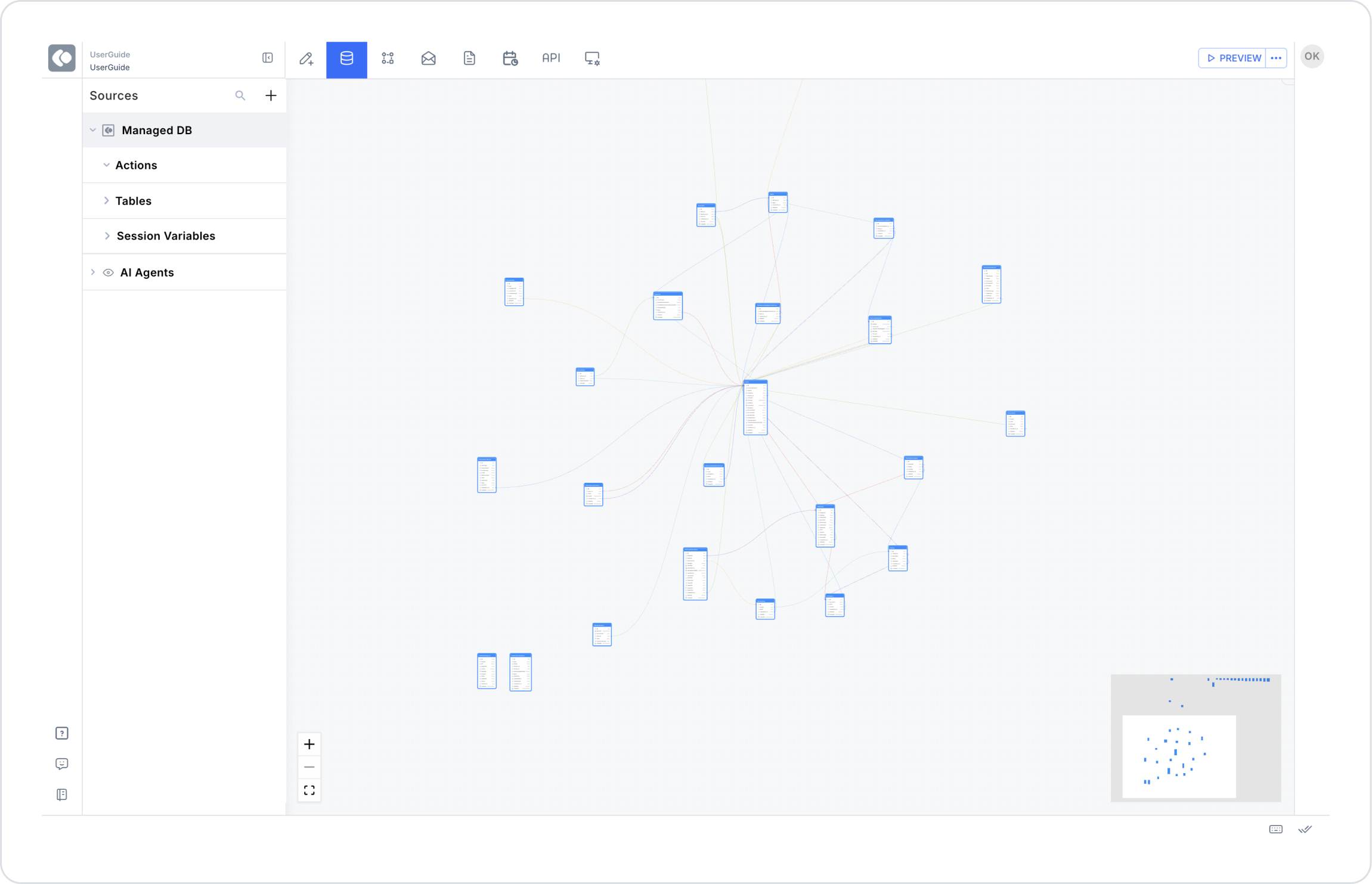


Kuika's Select Box element allows users to select from specific options via a drop-down menu. In this guide, you will learn how to use the Select Box element and how to configure your options.



1. Open the Datasources module.




SELECT * FROM Department6. Save the Action.